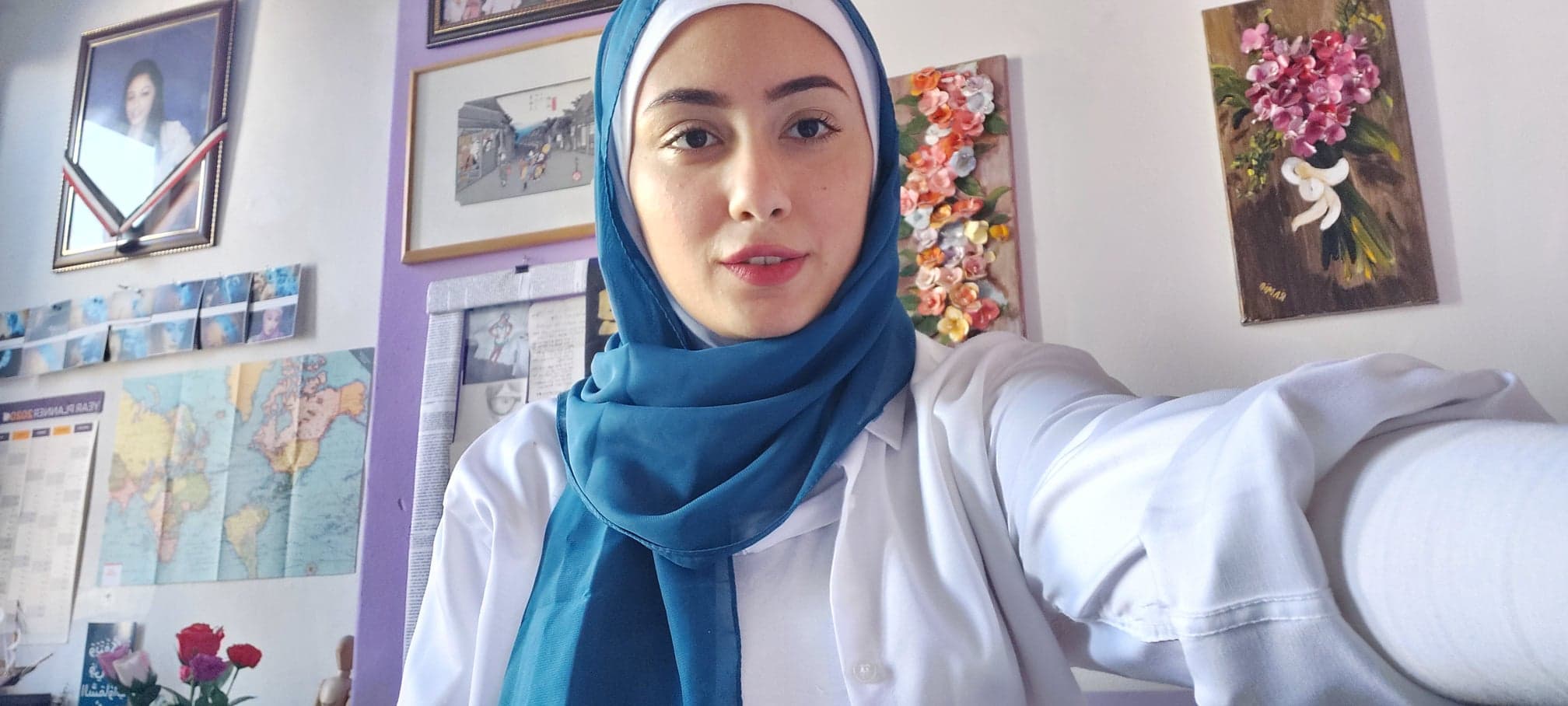Inclusivity is a Shared Responsibility
By: Malika Ferot
@Malikaferot
Despite increased awareness and efforts, there is still some way to go when it comes to the inclusion of disabled students.
In order to accommodate all students, including the current 250 students with disabilities, there is a sense that the AUC community needs to continuously factor in accessibility both on and off campus.
“Any event, whether disabled people attend or not, should be accessible. By that, I mean, we must ask ourselves ‘what could be their needs’?” said Yasser Tammer, a visually impaired freshman majoring in English and Comparative Literature.
When talking about accessibility, it does not always necessarily mean wheelchair ramps or working elevators, but can be much less obvious. For a person with severe ADHD or dyslexia, for example, filling out a form to join a club or a social event can be challenging if the layout uses unconventional designs or fonts.
“Every year during finals, we have students who will have installations and showcase their final projects on campus, and all it takes is one student installing it in the entrance of a doorway or in a path, and it blocks the way for some disabled students, like students with visual impairments,” says Nada Yacoub, Officer of Disabilities and Accomodation.
She further explains how setting up booths in the middle of areas like the plaza can equally inconvenience someone who has received mobility training (showed routes around campus) that these areas and paths are usually free of obstacles.
These are the kinds of things that require greater awareness and training to take into consideration to make sure that the community accommodates all students.
However, inclusivity is not just about accessibility. Lack of understanding and knowledge can result in unintentional microaggressions, meaning behavior that can be rude or even derogatory – intentional or not.
“The Spread Effect” is one of the things that some people accidentally or unintentionally do, like raising their voice when speaking to a blind person, or speaking slower when speaking to someone physically impaired, as if their disability is “spreading” to other kinds of disabilities too.
“If a person is in a wheelchair, we often see people reexplaining things to them. It is obvious that this person has a physical disability, but that doesn’t mean that they don’t perfectly understand what you are saying,” Yacoub explained.
Another example of the effect is the perception of helplessness. While the immediate reaction of seeing a disabled person dealing with a task could be to help by doing the task for them, this might not be what they need.
“Some students upon seeing a disabled person going through a doorway might jump in automatically to open the door for them. First of all, that person might be using the door to balance their body, and it can also feel like an invasion of their privacy,” Yacoub said.
Some disabled people feel as if their peers have very low expectations of they are capable of, and that people will just immediately do certain tasks for them because of it.
“An example could be if a disabled person needed to get water from the dispenser, their peers could just think that they wouldn’t be able to get it, and that they always need to depend on others, because of their disability,” Tammer said.
It can seem impossible to figure out what the case may be, whether you should help or not, or how to make sure that something like an event is fully accessible.
The only certain way of knowing that person’s requirements and needs is to ask them. To some, that might seem like a sensitive and awkward subject, but Tammer stresses that it is not; on the contrary, it could be vital.
“The key point here is asking. It is not going to be embarrassing, at least not to the disabled person,” Tammer said.
That being said, there are lots of great examples of students being accommodating and inclusive, and students feeling supported by their peers.
“I am truly mesmerised and infatuated with the support system I have in AUC, ranging from the Office of Student Well-
Being, the professors, and even the students. I find the community to be very inclusive and supportive,” said Lamia Tarek Gamil, a Journalism freshman.
However, she did encounter problems when seeing a play in the theatre hall, despite the campus being architecturally wheelchair accessible.
“Although I had a lot of support and the venue entrance was fully accessible, inside the theater I had to be carried because there wasn’t a space for a wheelchair seating,” Gamil explained.
Such situations reveal that to truly be inclusive, there is a need to challenge ourselves and our fundamental perception of disability.
Mahmoud Ismail, an English and Comparative Literature sophomore with visual impairment, says there is a need to redefine what it means to be disabled, and break down our internal hierarchy and comparisons of ‘abled’ versus ‘disabled’.
Being abled is not a question of capacity but rather of privilege. This makes a huge difference to how we perceive and treat our impaired peers, as less privileged equals, or as less capable physically, emotionally and intellectually.
“If we seriously desire to deeply understand the challenges of special needs, it is of great significance to clearly ask how disability should be defined. Being blind does not mean that you are disabled in its deeper essence, but it just means that you are not given the ability to see,” Ismail said.




